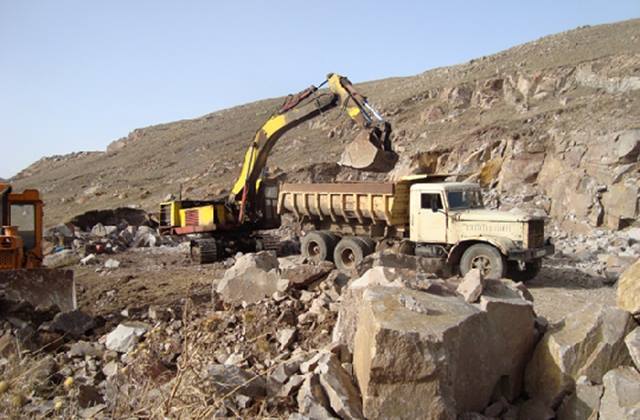
Divergent Statistics

Official statistics keeps us rejoicing with sparkling macroeconomic indices. Initial (quickly accumulated) indicators for January-February 2016 were published yesterday. According to them, Armenia’s economic activity has increased by 4.7%, as compared with the same period of the previous year. February, as compared to January recorded 9.4% growth.
Two crucial fields of economy—industry and service, have recorded almost double-digit growth. Thus, volume of industrial production grew by 9.9%, and reached AMD 194.1 billion, and service comprised 9.8% (AMD 173.8 billion).
Growth in the fields of agriculture and construction is weak (respectively 2.5% and 2.1%), however, at least any growth is recorded. Agriculture provided production with a total amount of AMD 40.7 billion in the first two months, and construction—AMD 20.5 billion.
A disappointing tradition has been observed in recent years that construction should record fall. It seemingly overcame the fall, however, tradition is followed by retail trade turnover. Starting from the previous year, decline on retail trade stretches in 2016 as well. In January-February volume of retail trade comprised AMD 264.3 billion, which yields by 1.8% to the index of January-February of the previous year.
Similar decline is observed in foreign trade as well—1.7%. However, a positive point exists here: export has grown. Thus, in January-February export from Armenia grew by 23.6% and comprised USD 225.7 million, and import reduced by 12.2%, comprising USD 388.5 million.
In short, despite some unpleasant points, statistics of January-February isn’t that bad. Moreover, as compared to neighboring countries, our indicators seem somewhat sparkling (note, Azerbaijan’s GDP for January-February 2016 decreased by 3.2%, as compared to the same period of the previous year).
However, the more optimistic figures by the National Statistical Service are, the weaker the trust of the society towards them is. People don’t believe in good indicators.
Recently we launched an internet survey, asking the participants to answer to 4 simple questions on the previous year, current state of affairs and expectations.
About 100 people participated in the survey.

To the question “Did your company’s revenue grow in 2015?”, 55.6% of participants replied: “No, it has reduced.” 28.9% said it’s increased, and among 15.6% it remained the same.
Although more than half of the participants mentioned fall of income, specific weight of those concluded year with a loss is little—29.8%. 42.6% of respondents said they concluded 2015 with a profit, and among 27.7% losses and profits have been equal (neither a profit, nor a loss).
The most disappointing, however, are expectations from the current year. To the question “Do you expect growth of revenues in 2016?” about half of the respondents replied—no. 17% hesitated to answer. Number of optimists comprised 34%.
And how did Armenia’s membership to Eurasian Economic Union (EEU) affect activity of the respondents? 61.7% said they didn’t feel any difference. 23.4% replied it negatively reflected, and only 14.9% said membership to EEU positively reflected on their activity.
Of course, the survey was implemented within 100 respondents, and it shouldn’t serve as a ground for serious conclusions. Surely, in general, quests are not truths of higher instances. However, the decline between the results and official statistics is rather big. On the one hand, we have problems and difficulties, and brilliant indices and growth, on the other.
Maybe more oppositional and discontent people are centralized on Facebook, maybe those participated in the survey, who are not optimistic though. However, on the other hand, the 4.7% of economic activity shouldn’t be taken for granted.
We won’t make unfounded statement that National Statistical Service is busy with painting, and just consider that conscientiously, through their methodology, not forging anything, they obtained growth index. However, if economy is being activated by 4.7%, and discontent and negative expectations increase, then 4.7% has nothing to do with the reality.
The reality is probably somewhere between pessimistic surveys and sparkling statistics. We should at least hope, decision makers possess real figures (irrespective through surveys or statistics not for publication) and are not in self-deceit.
By Babken Tunyan























